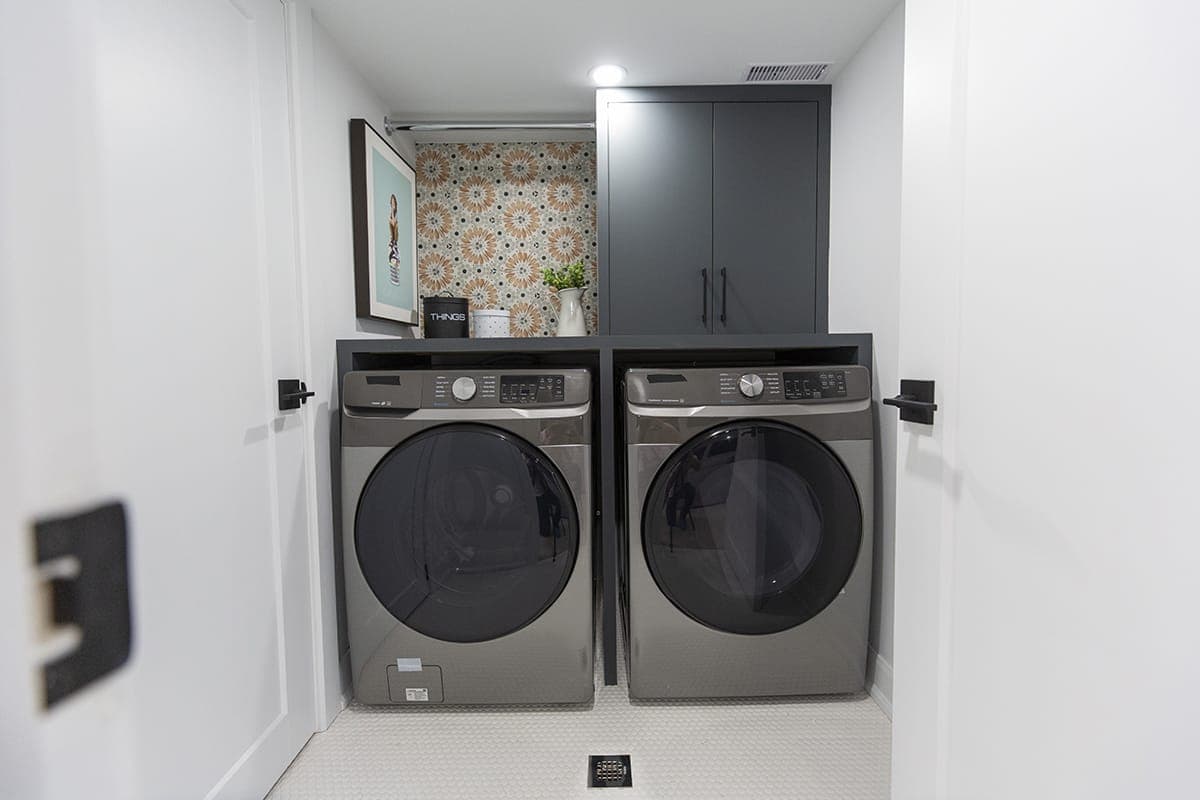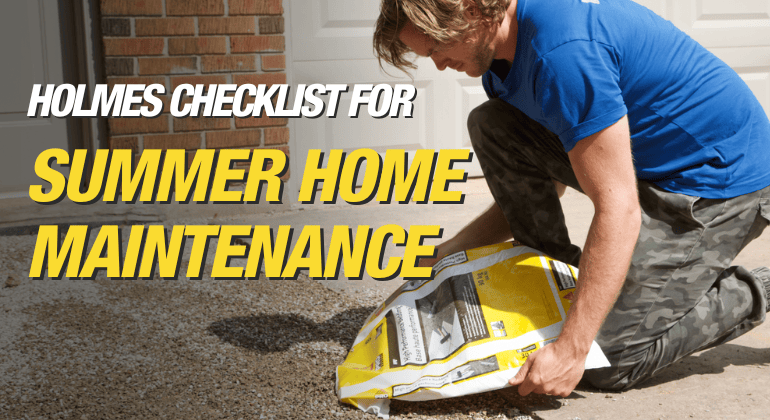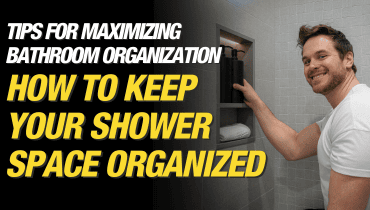HOW TO STAY ORGANIZED IN A SHOWER Keeping your bathroom organized can be a challenge, but with the right strategies and storage solutions, you can transform your shower area into...
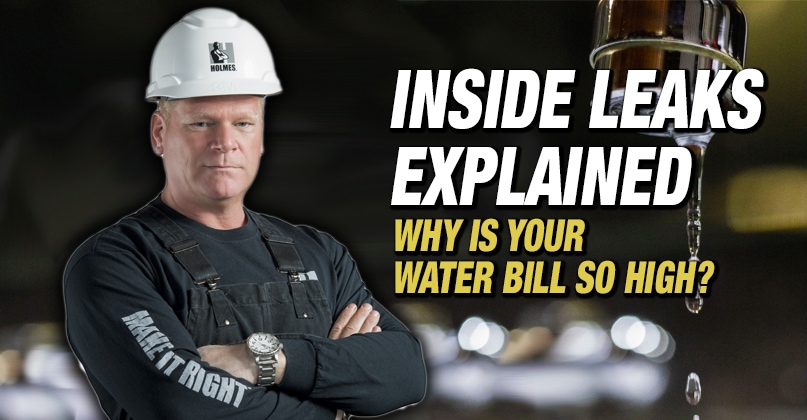
Why Is Your Water Bill So High? Inside Leaks Explained
By Mike Holmes
Mike’s Advice / Home Safety & Maintenance
Tuesday, August 30th, 2022 @ 9:46am
Why Is My Water Bill High?
Only about 10 percent of clean water is used for drinking or cooking. The rest gets used for showers, baths, laundry, watering lawns and gardens, and washing cars. Are you concerned about leaks in your house? You should be. If you are asking yourself “why is my water bill high?”, the answer could be inside leaks.
A leak in your home means wasted water, and that’s how you end up with a high water bill. Certain homes can waste upwards of 340 litres of water per day – a major source of that being leaks. An unusually high water bill usually happens due to a leak or change in water usage.
Sometimes finding a leak is a lot like being a detective—you have to find the source of the problem by looking at the evidence. Where’s the water coming from? Where should you check for leaks? Is it a plumbing problem? Who do you call to make it right?
Six Common Reasons Why Water Bill Is High
1) Leaking or Running Toilets
Toilets are the biggest water wasters in your home. In the past few years, there’s been a move to install low flow flushing systems to reduce the amount of water the average household uses.
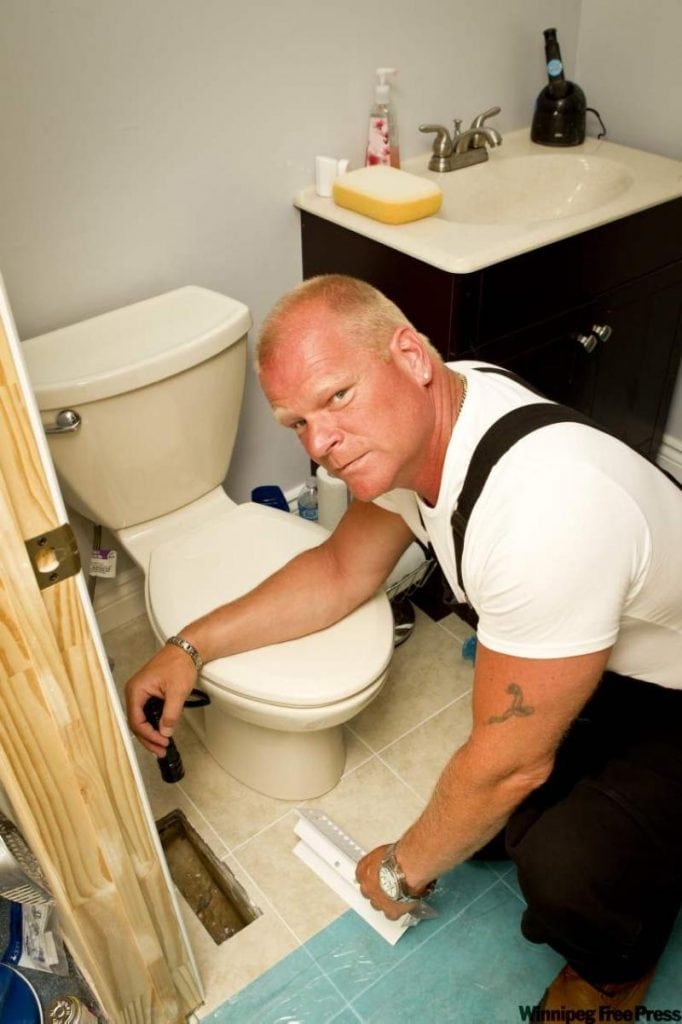
By replacing an older 18 L/ flush toilet with an ultra-low-volume (ULV) 6 litre flush model, you’ll save up to 70% of your previous water usage.
With the average person using 350L of water on a daily basis and spending a total of three years of their lives on the toilet, retrofitting or replacing your existing ones is a sure way to bring some comfort to your life by saving money – and water. If you prefer to keep your old water guzzling systems, you’re flushing more than just money down the toilet.
Signs Your Toilet Has Issues
-
- Your toilet continues making noise a while after it’s finished flushing
- You can spot water leaking around the base of the toilet
- There’s a sewage smell in your bathroom
- The toilet regularly gets clogged
- Toilet has trouble flushing
- There are cracks in the porcelain
2) Dripping Faucet and Leaks
Even small leaks can turn into big issues and increase your water bills. Fixing a leaky faucet can be a DIY job, but you have to determine what kind of faucet you have.
- Generally, a leaky compression faucet is the result of a worn out rubber washer. Most likely, you can resolve this by replacing a damaged washer located in the faucet’s handle.
- Take a look at the O-ring. The O-ring seals the faucet against water. If it cracks, water can seep down along the body of the faucet when you turn on the valve.
- If you are replacing your washer or internal O-ring, It’s crucial to make sure your replacement washers and O-rings are an exact fit.
- Modern faucets use cartridge inserts. To fix the leak, you can try replacing the cartridge.
- Corrosion of parts in the body of the faucet can also cause leaks. It’s generally going to be cheaper for you to replace the faucet than repair it.
You can purchase a faucet for as little as $15, although I always say spend more on quality materials that will last. A good quality faucet means it will stay drip-free and longer-lasting.
“Locating your home’s main water supply (also called the main shut off valve) is crucial information any homeowner should know in case there’s ever a leak or a burst pipe—it could save you thousands of dollars in damage.”
You may also have scale buildup on the inner parts of the faucet, causing water leaks. You should be able to clean away the scale in this case. When I lost my water heater due to massive a scale problem, I installed ScaleSweeper to keep that excess buildup at bay.
RELATED
3) Leaks under the sink
This can sometimes be hard to detect but is a dangerous problem. You don’t want water leaking in your cabinets or on your floor. It’s a waste.
There are two likely sources of leaks under the sink:
- Water supply connections that are loose.
- Sink drain or P-trap connections that are loose.
 4) Old or leaky water heater
4) Old or leaky water heater
Look around the base of the hot water heater for any signs of leaks. There could be a number of causes for leaks in your water heater. It could be bad installation, poor maintenance or loose drain valve.
Tankless water heaters (if installed correctly) can last you for many years and also help you save on your energy bill.
5) Leaky Washing Machine
There can be a number of reasons why your washing machine is leaking. It could be worn-out tub fittings, leaky internal hoses or leaky supply hoses.
Check the connection of the hoses at the wall valves. Then trace the hoses into the back of your washing machine to make sure that the connection there is both secure and watertight.
6) Leaky Dishwasher
Look for wet, warped or discoloration stains on your floors, walls, and cabinets. I recently helped out a family who had a dishwasher leak cause a huge insurance nightmare. While the unit ran during the night, it sprung a leak – and the homeowners didn’t know until the next morning when the damage had already been done!
This is why I love smart automatic water shutoff valve systems. They can detect when leaks occur in your system, and in the case of a major breach, can automatically shut off your water, preventing catastrophic flood damage.
RELATED
When to Contact a Plumber
Hire a licensed plumber to fix any leaks in your home’s plumbing. Licensed plumbers have years of training and hands-on experience to make it right for you.
RELATED
Locating Your Main Water Supply
Locating your home’s main water supply (also called the main shut off valve) is crucial information any homeowner should know in case there’s ever a leak or a burst pipe—it could save you thousands of dollars in damage.
It could be located in a number of different spots. You could find it in the basement, near the front of the house along an exterior wall; coming up through the concrete floor; near the furnace, in the mechanical room, or in the garage; it could even be outside near the street, in a box buried in the ground.
Your shut off valve looks like a metal pipe with a meter attached to it, and a shut off. You turn it clockwise to shut off your water.
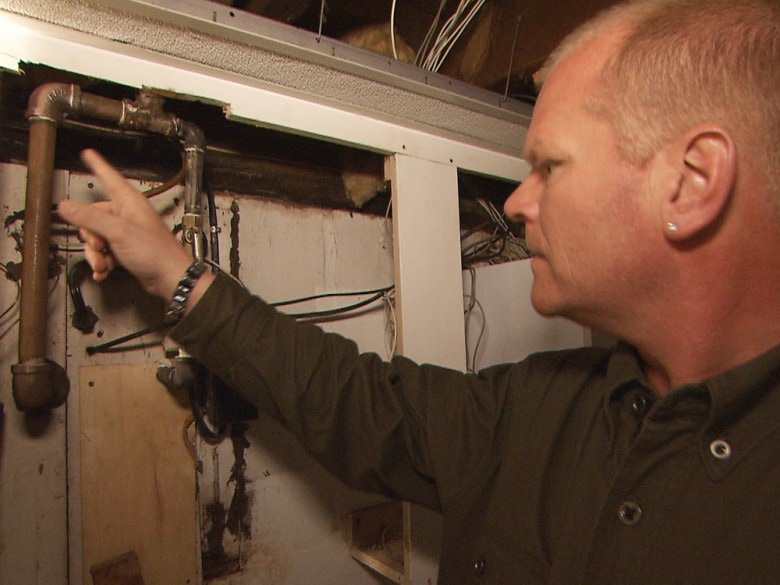
Once you’ve done that, run the faucets in your home to empty out the water lines.
RELATED: Using Matte Black In Your Bathroom
Consider “Greywater” systems
Greywater is “used” water that’s been treated and filtered and then used for things like flushing toilets, watering the lawn, washing the car and doing laundry. It can’t be used for drinking, showering or bathing. You can also have a greywater system that only collects rainwater from your gutters and downspouts.
According to Environment Canada, toilets use one-third of a household’s total water consumption. That’s 33 percent of most households’ water bill! A greywater system in a house, used to flush toilets and water lawns, could save about 150 litres of drinking water per day, per household. When you start crunching the numbers, that works out to a heck-of-a-lot of water.
RELATED

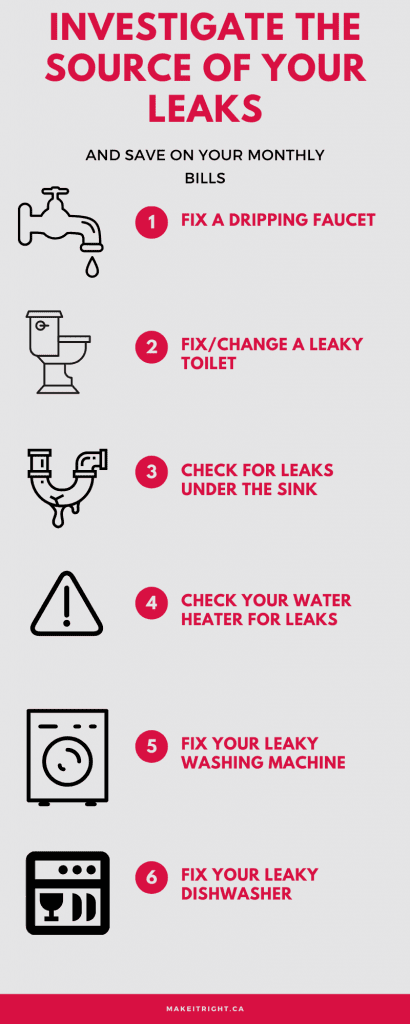 4) Old or leaky water heater
4) Old or leaky water heater